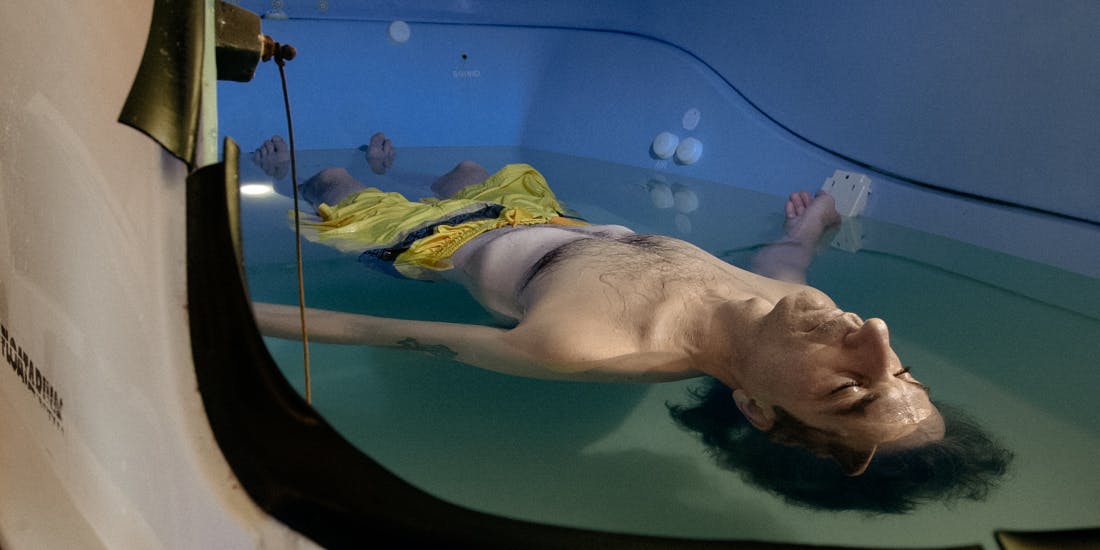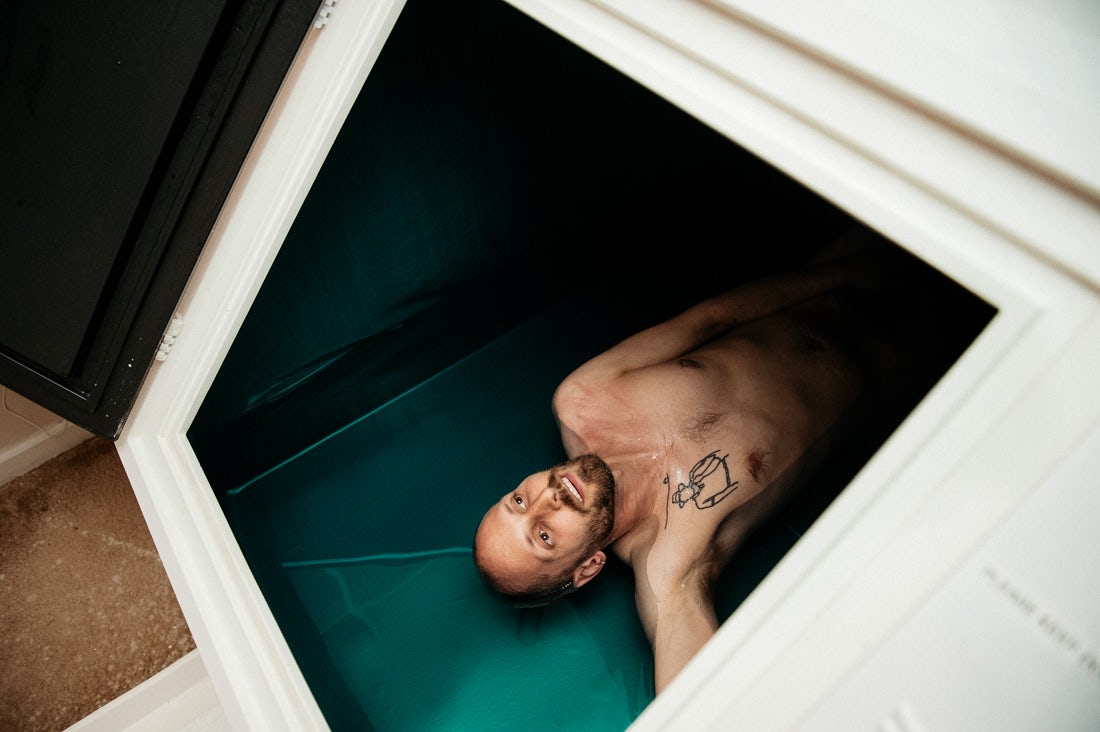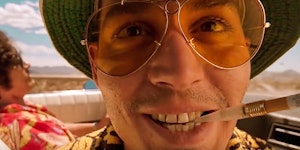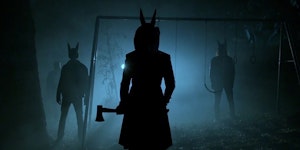
TRANQUILITYFLOAT-January 28, 2003-Serge Therrien, relaxes in a sensory deprivation tank called a ‘floatarium’ at the Tranquility Float Centre,Tuesday January 28, 2003. (TANNIS TOOHEY/TORONTO STAR) (Photo by Tannis Toohey/Toronto Star via Getty Images)
People Are Using Sensory Deprivation Tanks To Treat Their Anxiety
Unsatisfied with most anxiety treatments, one Hawaiian physician is suggesting a particularly new wavey strategy: sensory deprivation tanks.
A recent study suggests that depression and time spent online are becoming continuously intertwined. You’re online right now, and for that, I apologize, but I’ll try to make it worth your time. The constant state of connection will undoubtedly worsen anxiety and alert states as the world becomes a tougher pill to swallow. There are no impervious methods to dealing with anxiety, for many, it’s a matter of finding a healthy routine.
Hawaiian Physician Suggests Sensory Deprivation Tanks for Anxiety
Sensory deprivation is a funny and strange thing. For hundreds of years, cultures used sensory deprivation in one form or another for meditation and transcendental purposes. In the 1950s, physician John Lilly began experimenting with what would become known as sensory deprivation tanks and their effect on the mind and body. Chambers that block off the light and noise of the outside world, leaving their subjects in a shallow pool and fugue state.
Lilly tried out his tanks with the assistance of LSD, but psychoactive substances may not even be required. In his book ‘Hallucinations,’ Oliver Sacks explained why even people with no history with visions or narcotics would experience variations of their effects in the tank. The brain, the funny wad of tissue it is, requires stimulation even when none is available.
Your mind is capable of getting bored independently of your consciousness. If your eyes are deprived of sight, or your ears deprived of sound, the mind begins filling in the blanks with visions, from colors to shapes, to sounds to voices. It’s why people with cataracts swear they see figures in their blind spots.
The popularity of sensory deprivation chambers boomed after, of all things, appearing in a horror movie. Ken Russell’s 1980 movie Altered States followed a scientist trying to see if warping perception could also warp reality, subjecting himself to an ayahuasca ceremony and extensive deprivation tank sessions. The doctor accidentally devolves himself into a primordial form and begins to drift out of known existence. The sales of deprivation tanks boomed soon after in 1981, becoming a kind of boutique relaxation experience.

Justin Moyer takes the plunge at Stillness Floatation, a home-based business that has a sensory deprivation tank, Monday, June 10, 2013, in Manassas, VA.
(Photo by Katherine Frey/The Washington Post via Getty Images) PLEASE LEAVE PHOTO MOODY. DO NOT BRING UP DETAIL IN THE SHADOW AREAS. THANKS.
Russell’s movie is one of the dozens of 80s things that inspired the Netflix hit ‘Stranger Things.’ There was also that episode of The Simpsons where Homer spends his deprivation tank session singing David Seville’s Witch Doctor song while his tank slides through the sewers.
“Neurobiologically, anxiety was built into human nature as a survival instinct, to remember not to head left of the lake because last week that’s where the lions ate uncle Bob,” writes Darragh O’Carroll, M.D., in Vice. “It’s hardwired and has existed far before our capability to solve puzzles… Continual priming of the anxiety circuit is what most of us experience on a daily basis, and is the antithesis of sensory deprivation.”
O’Carroll follows a Honolulu man, Titus Nakagawa, who suffers from anxiety as he moves away from anti-depressants and medication, which weren’t doing the trick for him, towards a practice called Dream Float Hawaii. Nakagawa found regular sessions with the tanks to have a lasting effect, the most efficient way to disconnect from the strains of the dense world. He compared it to ‘defragging.’
“I came out [of the float tank] and instantly, 100 percent, it helped,” he told O’Carroll. “When stimuli are removed, there is nothing but your brain and thoughts; you have to look at yourself, think about the things you don’t want to think about. After I do, it feels way better. It feels like a therapy session with yourself.”
Relaxing in a world that chastises missing out is an increasing drag. Again, there is no surefire method to dealing with anxiety, and seeking out help from professionals is rarely a bad idea, but for many, it requires a lot of experimentation and patience. Isolation tanks, as goofy as they are and as strange the tricks they play on the mind can be, in a very corporeal way shut out the world. And all the baggage we’d like to take a sabbatical from.
Herb Recommended Products:
READ MORE










